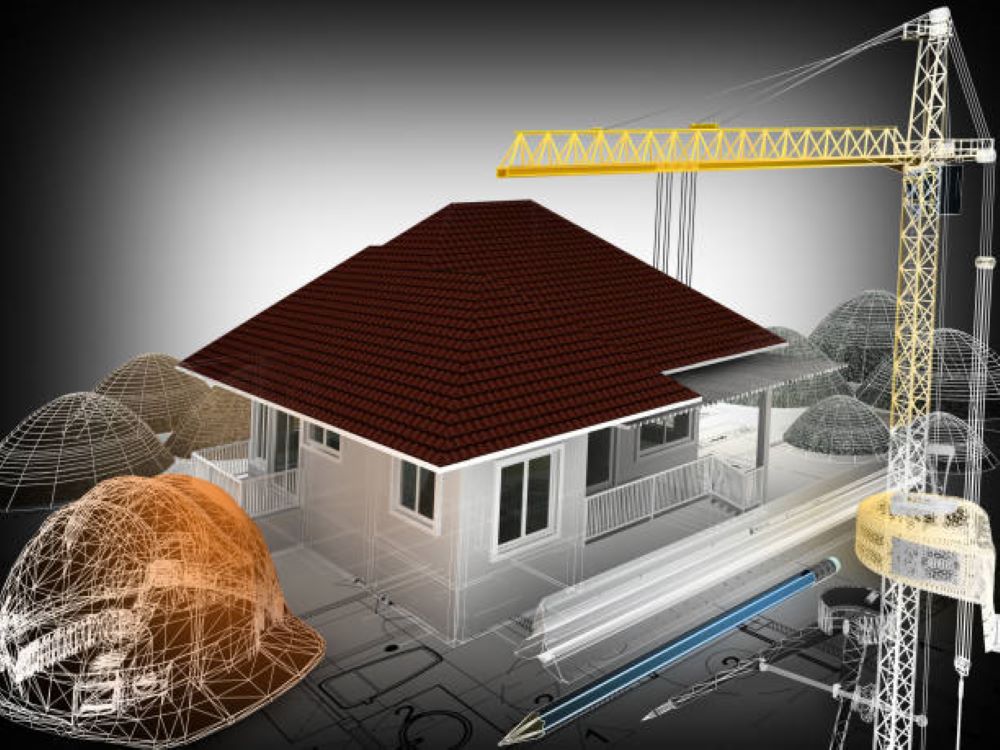In custom home construction, precision engineering stands as a hallmark of excellence. Every aspect of the build, from the foundation to the finishing touches, is meticulously planned and executed with the utmost care to achieve minimal tolerances.
In this article, we delve into the significance of precision engineering in custom builds, exploring advanced techniques such as laser scanning, 3D modeling, and computer-aided design (CAD) that contribute to precise measurements and flawless craftsmanship.
Understanding Precision Engineering
Precision engineering in custom home construction revolves around achieving exacting standards and tight tolerances in every aspect of the build process.
Whether it’s ensuring straight lines, perfect angles, or seamless joints, precision engineering leaves no room for error.
This commitment to accuracy not only enhances the aesthetic appeal of the final product but also contributes to structural integrity and longevity.
Leveraging Advanced Techniques
- Laser Scanning
Laser scanning technology allows builders to capture detailed 3D images of the construction site, providing accurate measurements of existing structures and topography.
This data serves as the foundation for precise planning and design, ensuring that new construction seamlessly integrates with the surrounding environment.
- 3D Modeling
3D modeling software enables architects and designers to create virtual representations of custom home designs with unparalleled accuracy.
By visualizing the project in a digital environment, stakeholders can identify potential challenges, make informed decisions, and refine the design to perfection before construction begins.
- Computer-Aided Design (CAD)
CAD software revolutionizes the design process by allowing architects and engineers to create precise, detailed drawings of custom home components.
From floor plans and elevations to intricate architectural details, CAD facilitates efficient collaboration and communication while ensuring that every dimension is meticulously calculated.
Achieving Flawless Craftsmanship
Precision engineering extends beyond the planning and design phase to the actual construction process, where skilled craftsmen of construction companies like BuildLabs translate digital designs into tangible reality.
Whether it’s framing, masonry, or cabinetry, every step of the build requires careful attention to detail and adherence to strict tolerances.
Advanced tools and techniques, such as robotic arms and CNC machining, further enhance precision and efficiency, resulting in flawless craftsmanship that exceeds expectations.
The Benefits of Precision Engineering
- Superior Quality
Precision engineering ensures that every aspect of the custom build meets the highest standards of quality and craftsmanship.
From structural integrity to aesthetic appeal, meticulous attention to detail sets custom homes apart from mass-produced alternatives.
- Enhanced Efficiency
By leveraging advanced technologies and techniques, builders can streamline the construction process, reduce waste, and minimize errors.
This efficiency not only saves time and money but also allows for greater flexibility in design and customization.
- Client Satisfaction
Precision-engineered custom homes delight homeowners with their impeccable finish and attention to detail.
The ability to translate a client’s vision into reality with precision and accuracy fosters trust and satisfaction, strengthening the builder-client relationship.
To Sum Up
Through advanced techniques such as laser scanning, 3D modeling, and computer-aided design, builders achieve meticulous accuracy and flawless craftsmanship in every detail of the build. The result is not just a house but a masterpiece a custom home that reflects the vision, passion, and expertise of everyone involved in its creation.



